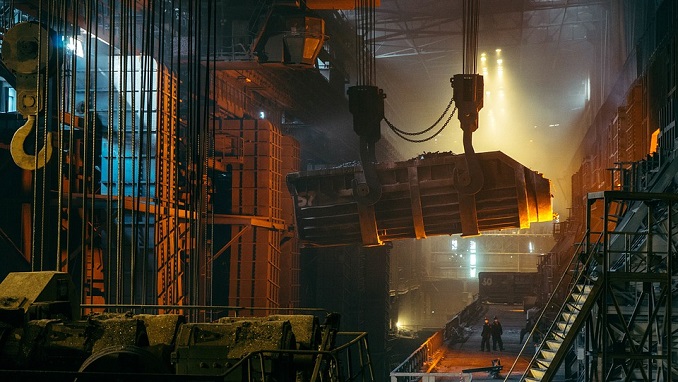Overall industrial production growth in Russia softened in 2019, but some investment-driven sectors outperformed, including those focused on agriculture, oil downstream, chemicals, construction and transportation, Dmitry Dolgin, chief economist for Russia at ING in Moscow, writes in an article for bne Intellinews.
“For 2020 we continue to expect acceleration given the budget stimuli that had already been planned and potential extra injections,” Dolgin writes.
“Russian industrial production accelerated from 0.3% year on year in November to 2.1% y/y in December, somewhat below our 2.7% y/y expectations. December data benefited from the splurge in year-end budget spending, which further complicates forecasting and lowers the indicative power of year-end statistics,” the expert notes.
In full-year terms, industrial production (around 23% of the Russian GDP) decelerated from 2.9% y/y in 2018 to 2.4% y/y in 2019, which came in slightly below ING’s 2.5% expectations.
“We don’t take it as a sign of material deterioration of the industrial output trends for the following reasons: the two key sectors that assured up to 80% of the slowdown were commodity extraction (37% of industrial output, growth decelerated from 4.1% in 2018 to 3.1% in 2019) and electricity & heat distribution (11% of industrial output, growth decelerated from 1.6% to 0.4%). This was a result of Russia’s OPEC+ commitments to limit oil production and warm weather conditions that lowered local demand for electricity & heat (and therefore for gas production as well),” Dolgin says.
Manufacturing (50% of industrial output), the key portion of Russian industry, posted only a modest slowdown from 2.6% in 2018 to 2.3% in 2019, which according to the expert is still an impressive figure given that for most of the year budget policy was not supportive, with the VAT hike pressuring consumer demand and budget spending dynamics improving only at the very end of the year.
“Looking at the composition of the manufacturing output, the slowdown was driven by consumer-focused sectors (light vehicles, household appliances, office supplies, clothes), while others stand out as showing improved dynamics in 2019 vs. 2018, including oil downstream (7% of total industrial output), chemicals (4% of total), construction materials and metals (8% of total), and machinery and equipment focused on the agricultural sector,” Dolgin writes, adding that overall, the 2019 industrial output data points “at a very limited negative reaction to adverse external and internal factors”.












